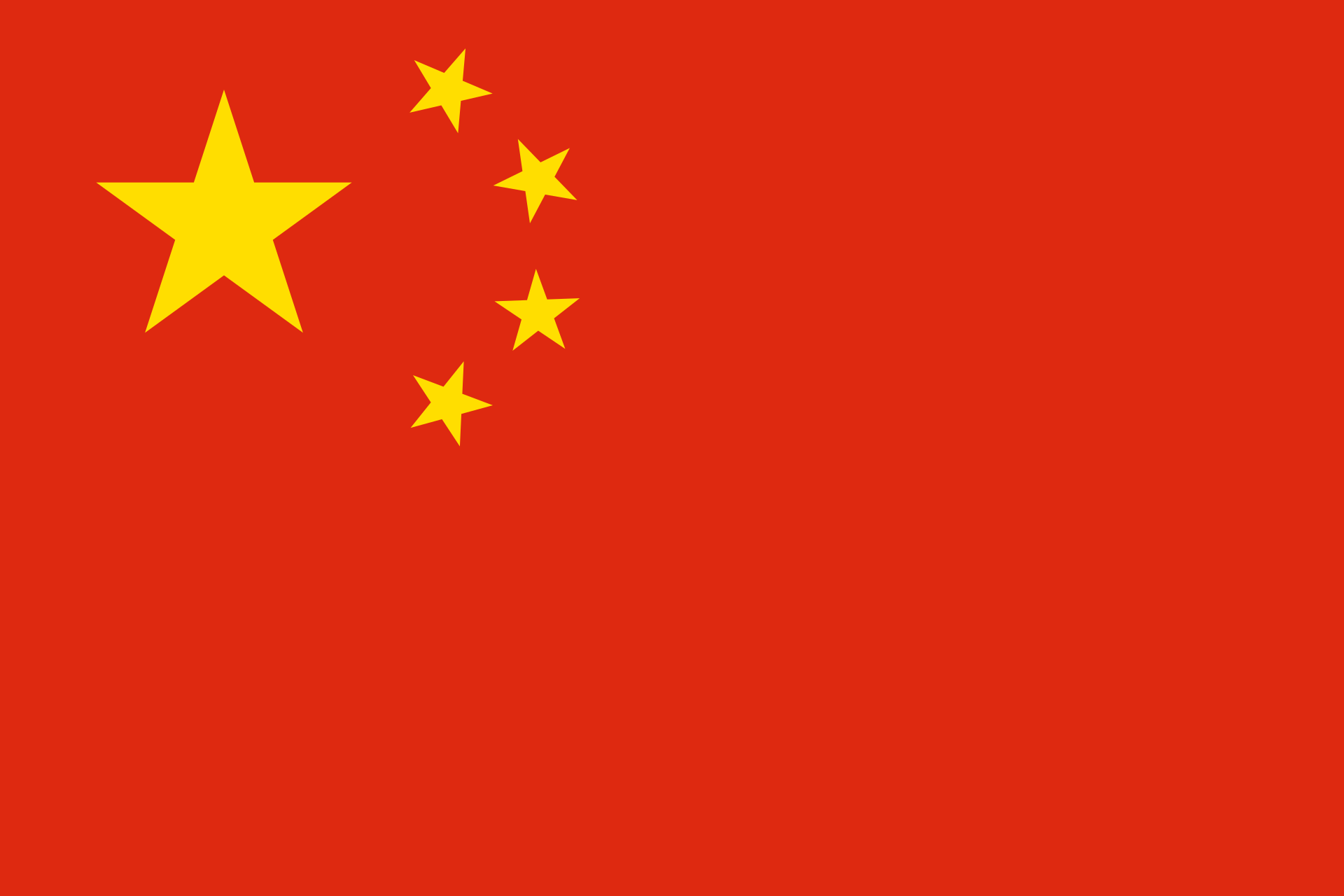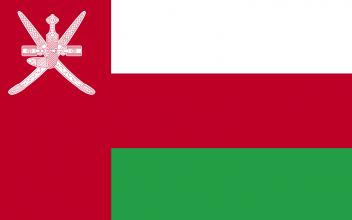The Paths of Innovation
Trade routes wound over an astonishing area of land and sea, the Silk Route traditionally crossing overland and spices being transported more frequently by sea. Yet, in addition to merchandise, ideas, cultures, religions and technologies also passed along these routes, and were very important in the development of civilizations and empires across Central Asia. The stronger these empires grew, the more capable they were of protecting the trade routes that supplied them.




